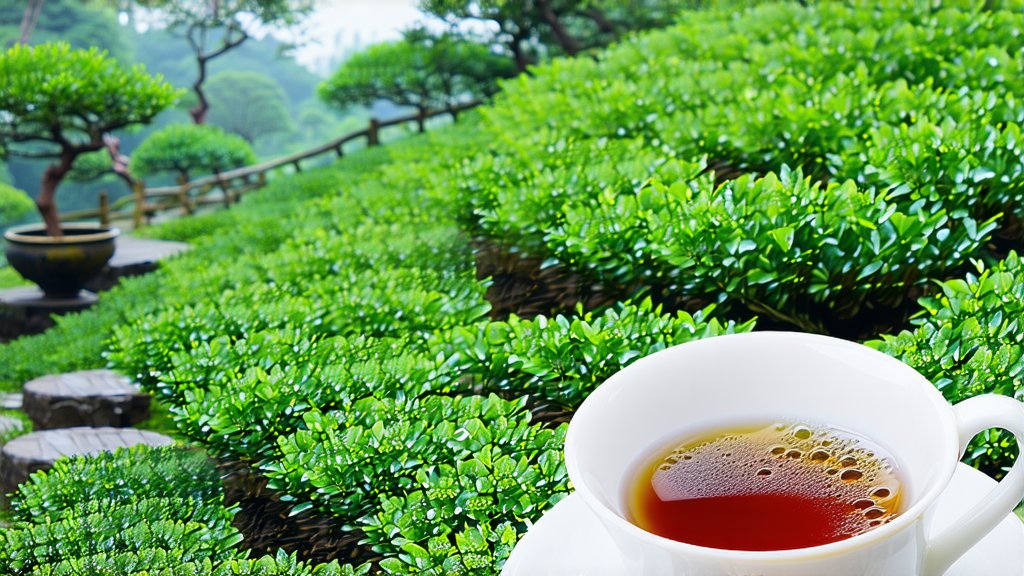
Longjing tea, also known as Dragon Well tea, stands as one of China's most revered green teas, hailing from the picturesque West Lake region of Hangzhou, Zhejiang Province. This exquisite beverage is not just a drink; it's a cultural icon that has been cherished for centuries, embodying the essence of Chinese tea artistry and philosophy.
History & Legacy
The origins of Longjing tea trace back over 1,200 years to the Tang Dynasty, though its prominence surged during the Qing Dynasty when Emperor Kangxi was said to have tasted this exceptional tea and declared it his favorite. The name "Longjing," translating to "Dragon Well," is derived from a well located near the original production area, which was believed to be the dwelling place of dragons – symbols of power and prosperity in Chinese culture. This association further elevated its status among teas.
Varieties & Characteristics
Longjing tea comes in several grades, primarily differentiated by the quality of the leaves used and the timing of harvest. The highest grade, known as Xu Cha or Pre-Ming tea, is plucked before the Qingming Festival (Tomb-Sweeping Day), resulting in a particularly tender and flavorful brew. These early spring leaves are prized for their flat shape, resembling the blades of a sword or the body of a dragon, hence the alternative moniker "Gunpowder."
The color of high-quality Longjing tea is a vibrant emerald green, both in dry leaf form and when brewed. Its aroma is delicate yet complex, often described as a harmonious blend of chestnut, melon, and orchid undertones. The taste profile is smooth and slightly sweet, with a lingering umami finish that sets it apart from other green teas.
Crafting the Perfect Cup
The art of making Longjing tea involves meticulous attention to detail, starting from the careful hand-picking of only the youngest shoots and leaves. Once harvested, the leaves undergo a unique process known as pan-firing, which imparts the distinctive roasted flavor without allowing the leaves to turn yellow. This step requires skilled craftsmanship to ensure even heating and prevent burning.
After initial firing, the tea undergoes shaping through rolling and pressing, giving it its characteristic flat appearance. A second round of pan-firing follows to fix the flavors and enhance the tea's fragrance. Finally, the tea is sorted by hand to remove any imperfections, ensuring only the finest leaves make their way into each packet.
Appreciating Longjing Tea
To truly appreciate Longjing tea, one must engage in the ritualistic practice of Gongfu tea ceremony, which emphasizes mindfulness and respect for the tea. Begin by selecting a clear glass or a white porcelain cup to fully appreciate the tea's color and clarity. Use water heated to around 80°C (176°F) to avoid scalding the delicate leaves.
Add approximately 3 grams of tea per 150ml of water, allowing room for the leaves to unfurl gracefully. Steep for about 2-3 minutes for the first infusion, adjusting time based on personal preference for strength. Subsequent infusions can be made with shorter steeping times, revealing different layers of flavor.
As you sip, take note of the tea's aroma, taste, and mouthfeel. Longjing tea offers a symphony of flavors that evolves with each infusion, from its initial fresh vegetal notes to deeper, more nuanced profiles. It's an experience that invites contemplation and a deeper connection with nature and tradition.
In conclusion, Longjing tea is more than just a beverage; it's a journey through history, culture, and the intricate dance between man and nature. Whether enjoyed solo as a moment of tranquility or shared among friends as a symbol of hospitality, this green elixir continues to captivate hearts and minds worldwide.
Keywords: Longjing Tea, Dragon Well Tea, West Lake, Pan-firing, Emerald Green